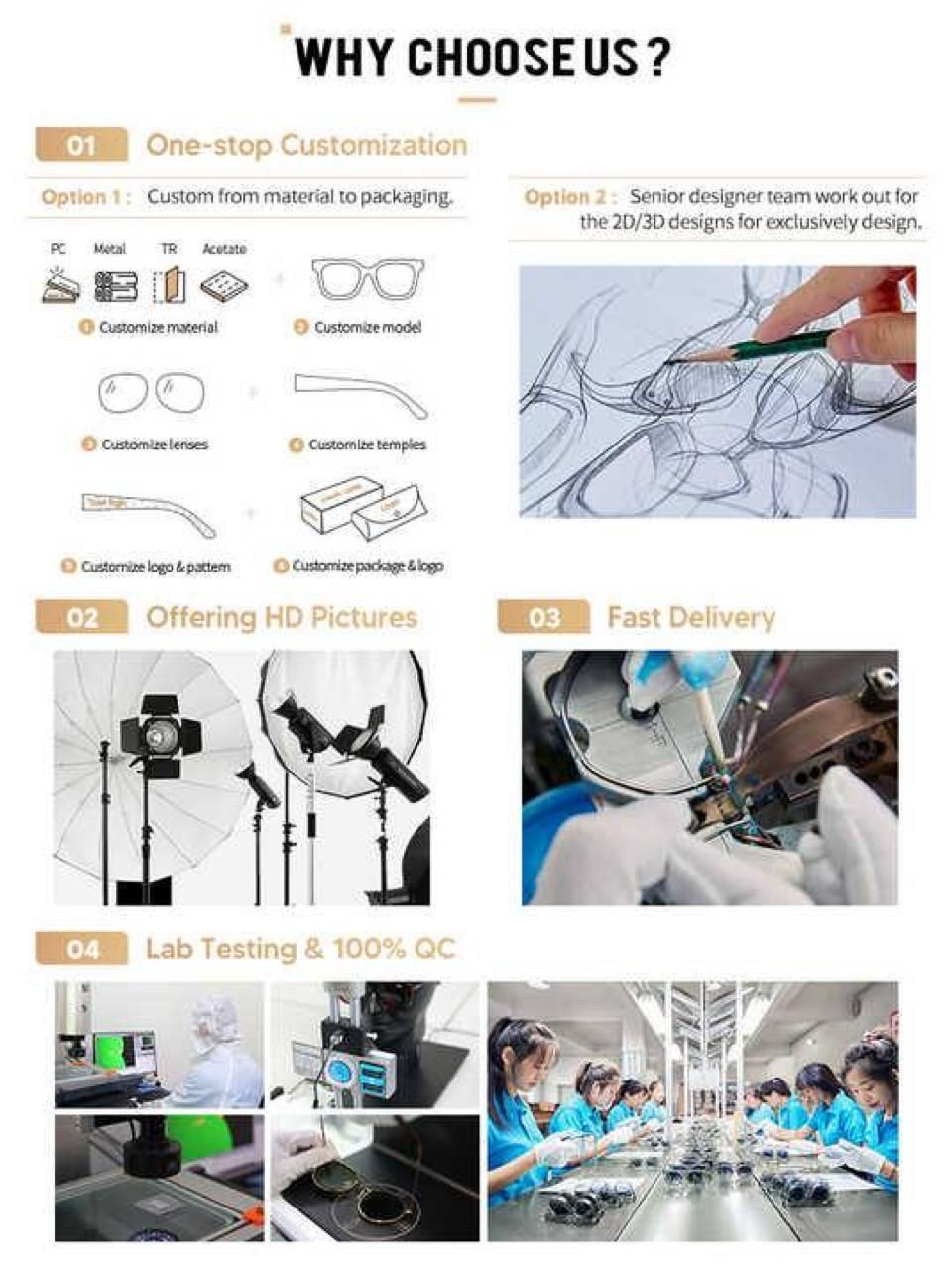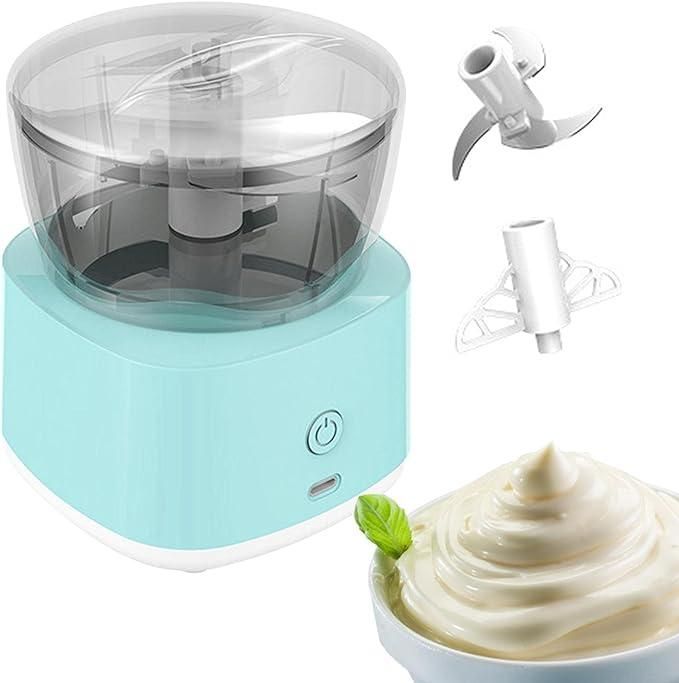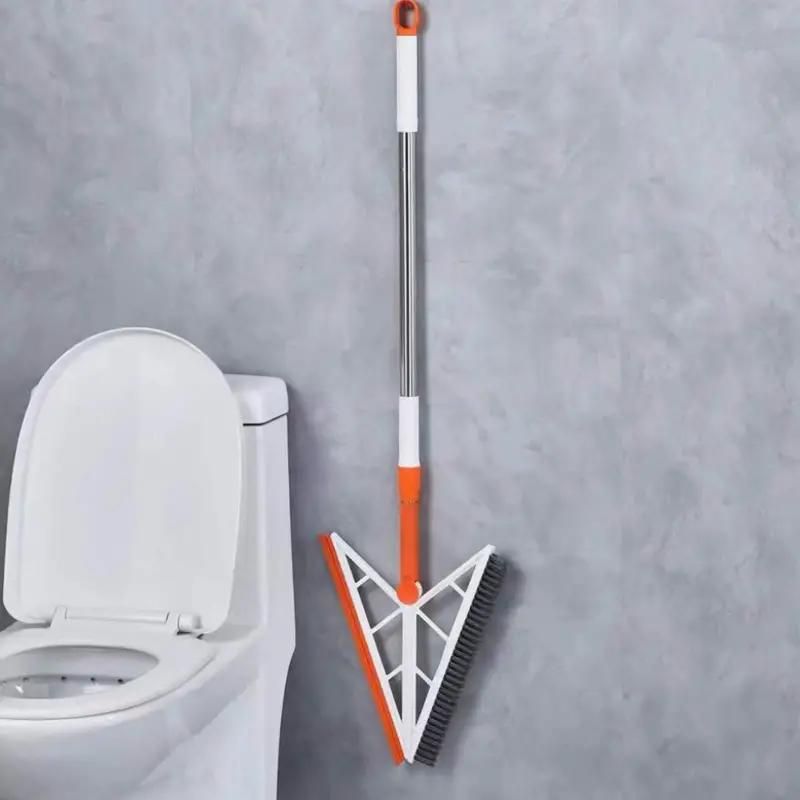A well-organized kitchen can make cooking and meal preparation a breeze. However, achieving maximum efficiency in the kitchen requires thoughtful planning and organization.
In this blog post, we'll explore practical tips and strategies to help you organize your kitchen for optimal functionality and convenience.
The kitchen is often considered the heart of the home, where delicious meals are prepared and cherished memories are made.
But a cluttered and disorganized kitchen can quickly become a source of frustration and stress.
By implementing effective organizational techniques, you can transform your kitchen into a space that is not only efficient but also enjoyable to work in.
1. Assess Your Space
Before diving into organizing your kitchen, take some time to assess your space and identify areas that need improvement.
Consider the layout of your kitchen, the available storage options, and any specific challenges you face when cooking or preparing meals.
This initial assessment will help you develop a plan tailored to your needs and preferences.
2. Maximize Storage
One of the keys to an organized kitchen is maximizing storage space. Invest in storage solutions such as cabinets, drawers, shelves, and pantry organizers to make the most of every inch of space available.
Use vertical space by installing shelves or racks on walls to store pots, pans, and cooking utensils.
Drawer dividers and organizers can help keep utensils and small items neatly arranged and easily accessible.
3. Declutter Regularly
Clutter can quickly accumulate in the kitchen, making it difficult to find what you need and slowing down your cooking process.
Make decluttering a regular part of your kitchen routine by periodically reviewing your kitchen items and getting rid of anything you no longer use or need.
Donate or discard old appliances, gadgets, and cookware that are taking up valuable space and causing unnecessary clutter.
4. Organize by Zones
Organizing your kitchen by zones can help streamline your cooking process and make meal preparation more efficient. Create designated zones for different tasks such as food storage, meal prep, cooking, and cleanup.
Keep frequently used items within easy reach of their respective zones to minimize time spent searching for them.
For example, store pots and pans near the stove, and place cutting boards and knives close to the food prep area.
5. Label Everything:
Labeling can be a game-changer when it comes to kitchen organization. Use labels to identify the contents of containers, jars, and bins in your pantry and cabinets.
This not only makes it easier to find what you need but also helps keep your kitchen organized and tidy. Invest in a label maker or use chalkboard labels for a customizable and stylish touch.
Conclusion
Organizing your kitchen for maximum efficiency is essential for making meal preparation easier and more enjoyable.
By assessing your space, maximizing storage, decluttering regularly, organizing by zones, and labeling everything, you can create a kitchen that is both functional and aesthetically pleasing.
With these practical tips and strategies, you'll be well on your way to achieving a well-organized and efficient kitchen that meets your needs and enhances your cooking experience.
































![Cute Cat Hooks for Wall [Pack of 2]](http://lixcart.com/cdn/shop/files/8571429832.jpg?v=1716821741&width=1200)
![Cute Cat Hooks for Wall [Pack of 2]](http://lixcart.com/cdn/shop/files/5738060684.jpg?v=1716821741&width=800)




































